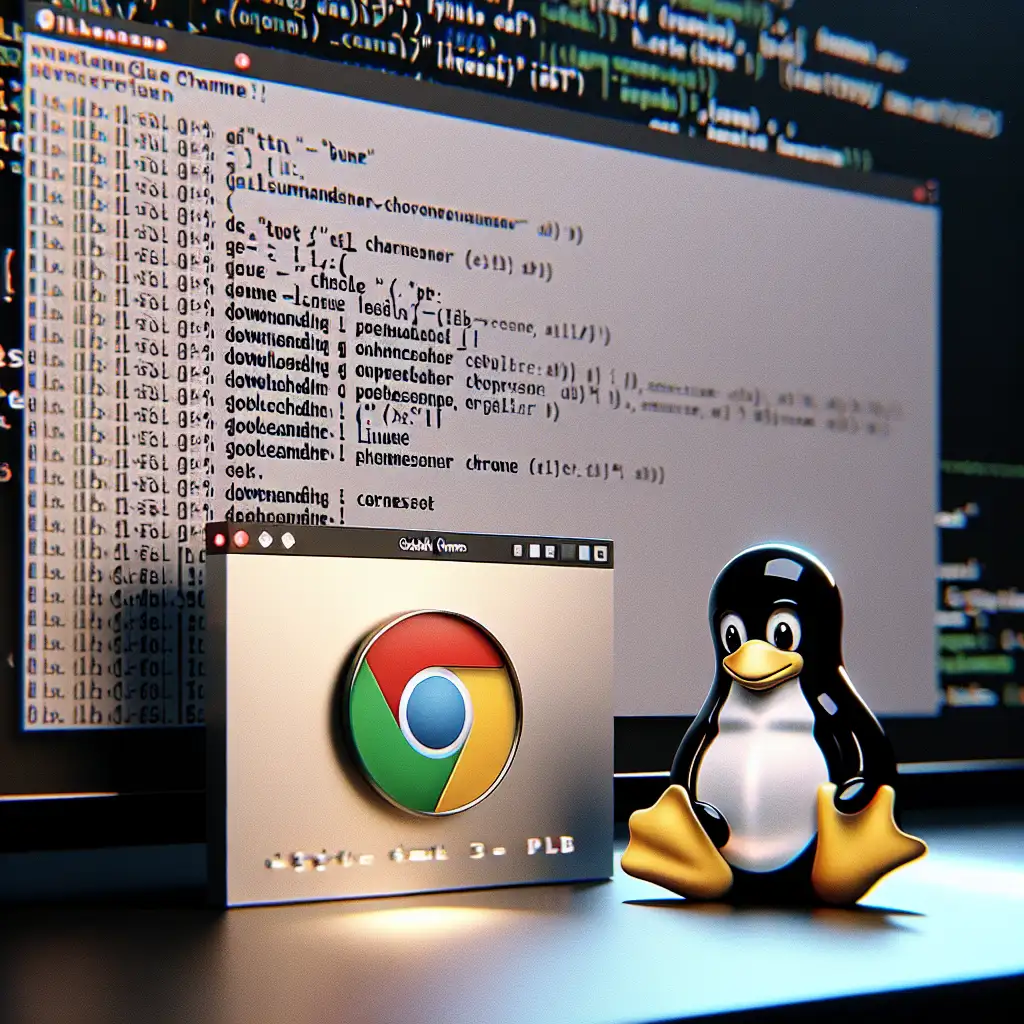Mastering Google Chrome Installation on Linux: Step-by-Step Guide for Seamless Setup
Forget complex, trial-and-error methods—this guide demystifies Chrome installation on Linux, empowering you to set up the browser quickly and correctly without second-guessing or wasted time. Whether you're a developer, IT professional, or Linux enthusiast, having Google Chrome installed ensures access to powerful developer tools and a high-performance browsing experience in a stable, secure environment.
Let’s dive right into it!
Why Install Google Chrome on Linux?
While most Linux distros come with browsers like Firefox or Chromium pre-installed, Google Chrome offers native support for some proprietary technologies such as Widevine DRM (important for streaming), automatic updates via Google’s repo, and arguably better performance in some use cases. It also tightly integrates with Google's ecosystem, making it a preferred choice for many developers.
Prerequisites Before Installation
- A Linux distribution installed (Ubuntu/Debian, Fedora/RedHat, Arch-based distros).
- An active internet connection.
- Sudo or root privileges to install software.
Step 1: Confirm Your Linux Distro
Depending on your distro’s package manager and architecture (32-bit is generally unsupported by Chrome now), the installation steps will vary slightly. This guide covers the most common distributions:
- Debian-based systems: Ubuntu, Debian, Linux Mint.
- RPM-based systems: Fedora, CentOS, RedHat.
- Arch-based systems: Arch Linux, Manjaro.
Step 2: Download Google Chrome's Official Package
Visit the official Google Chrome download page from any web browser to get the latest stable version. Alternatively:
For Debian/Ubuntu/Linux Mint
You want the .deb package.
wget https://dl.google.com/linux/direct/google-chrome-stable_current_amd64.deb
For Fedora/CentOS/RHEL
Download the .rpm package:
wget https://dl.google.com/linux/direct/google-chrome-stable_current_x86_64.rpm
If you’re unsure — simply visit the Google Chrome download page in any existing browser and choose your platform.
Step 3: Install Google Chrome
Debian-based Systems (Ubuntu/Debian/Mint)
Use dpkg to install the downloaded .deb package:
sudo dpkg -i google-chrome-stable_current_amd64.deb
If you encounter dependency issues after this step (common), fix them with:
sudo apt-get install -f
This command installs missing dependencies required by Chrome.
Alternatively, use apt which automatically resolves dependencies:
sudo apt install ./google-chrome-stable_current_amd64.deb
RPM-based Systems (Fedora/CentOS/RedHat)
On Fedora 22+ or similar systems with dnf:
sudo dnf localinstall google-chrome-stable_current_x86_64.rpm
For older RPM-based distributions using yum:
sudo yum localinstall google-chrome-stable_current_x86_64.rpm
Arch-based Systems (Arch/Manjaro)
Google Chrome is not available in official repos due to licensing but can be easily installed from Arch User Repository (AUR) using an AUR helper like yay.
If you have yay installed:
yay -S google-chrome
If you don’t have an AUR helper yet, you can manually build and install from AUR but we recommend using tools like yay or paru.
Step 4: Verify Installation and Launch Chrome
Once installed, open your terminal and simply run:
google-chrome
Or search for “Google Chrome” in your desktop environment’s application menu.
You can also run it from terminal in background mode like so:
google-chrome & disown
Step 5: Set Up Automatic Updates (Optional but Recommended)
On Debian-based systems, during installation, Google adds its own repository to your system sources under /etc/apt/sources.list.d/google-chrome.list. So when you update your system packages using sudo apt update && sudo apt upgrade, Google Chrome will update automatically.
For RPM-based systems, the repo entry is added under /etc/yum.repos.d/google-chrome.repo, enabling automatic updates with regular system updates (dnf update or yum update).
Make sure this is active by checking those files; if they’re missing or you want manual control, simply repeat download/install when needed.
Troubleshooting Tips
- Missing dependencies on Debian usually resolve with
sudo apt-get install -f. - If signing key issues arise during update (
NO_PUBKEYwarnings), add Google’s signing key manually:
wget -q -O - https://dl.google.com/linux/linux_signing_key.pub | sudo apt-key add -
-
If after launching Chrome it closes immediately or errors appear about sandboxing:
Try running:
google-chrome --no-sandbox &Note: Running without sandbox mode reduces security. Use only if necessary.
-
On headless servers without GUI — use Chromium headless alternatives rather than full Chrome browser GUI.
Conclusion
Installing Google Chrome on Linux doesn’t need to be intimidating nor time-consuming. By following these straightforward steps tailored for your distribution type — downloading the official package, using native package managers to install and update — you set yourself up for a smooth experience utilizing one of the web’s best browsers on your Linux machine.
Enjoy faster browsing speeds; access specialized extensions; tap into Google's developer tools; stream DRM-protected content — right from your favorite open-source OS!
Still stuck? Drop a comment below with errors you encountered—I’m here to help troubleshoot!
Happy browsing! 🚀
